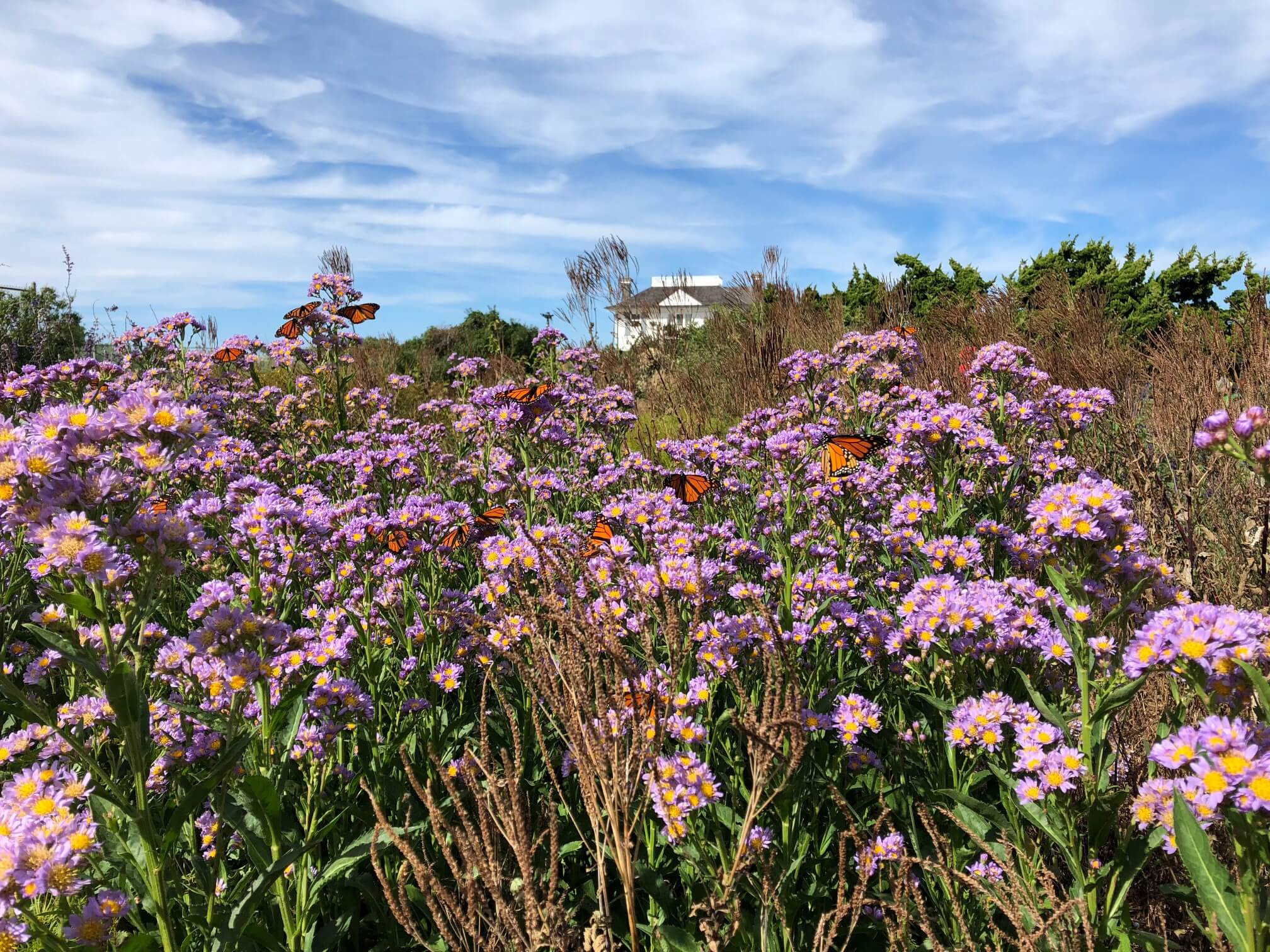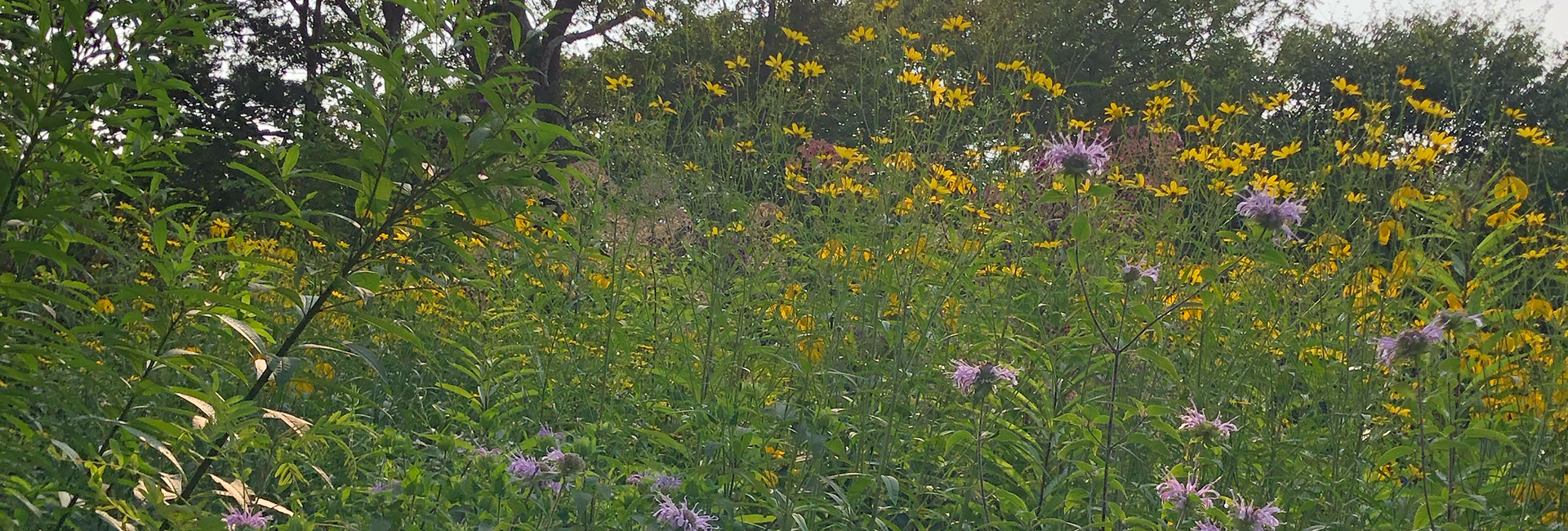What is PRFCT?
We’re redefining what it means to be perfect in the garden. To be PRFCT is to work with (not against) nature toward an ideal that’s toxic-free, biodiverse, and beautiful. We are no longer trying to control nature into an outdated idea of perfection that has been pruned, mowed, and sprayed into submission. Instead, we envision gardens that are vibrant ecosystems, teeming with native plants and humming with wildlife. In other words, PRFCT.
What is Nature-Based?
“Nature-based” means working with nature, not against it. It is about simple practices (i.e., growing native plants, avoiding synthetic pesticides and fertilizers), not products. How does that actually work? Well, how does nature work?
For millions of years, plants have evolved along with wildlife to thrive in the places they were born, creating extensive food webs and symbiotic relationships. They did this without irrigation, synthetic fertilizers, mulch or pruning. In other words, they did just fine without us.
Our modern landscapes have drastically upended this elegant natural system. Residential and recreational landscapes are filled with non-native plants, which are sculpted into strict geometric shapes that rely on fossil fuel-powered equipment, chemicals, irrigation, and pruning to meet an ideal that is more like the inside of a house than the outside. That’s not natural. What is?
The Principles of Nature-Based Gardening
- Grow Native Plants in Your Garden.
They need so little, and they give so much. Aim for at least two thirds in your yard. - Remove Invasive Plants.
Get rid of the non-native plants that are taking over our landscapes and outcompeting native plants. - Say NO to Toxic Chemicals.
Nature-based landscapes don’t need synthetic fertilizers and pesticides to thrive. - Nurture your Soil.
Your garden is only as healthy as the soil in which it grows. - Maintain Biomass, Skip the Peat, and Mind the Mulch.
Leave the leaves and all organic matter, make your own compost, and grow a living mulch. - Reduce your carbon footprint. Less noise, less pollution.
Tend to your garden manually or go electric. Your neighbors (and your ears) will thank you. - Prune Prudently.
Stop chopping with abandon! Every cut is a wound. - Plant Trees Properly.
Do right by roots and don’t bury the crown when planting trees. - Water Your Lawn Deeply.
At least 30 minutes and only as needed. - Reduce Your Lawn.
Return part of your yard to the birds, bees, and butterflies. Plant a pollinator patch and enjoy the show. Maintain the lawn you do keep by following toxic-free practices. - Plant a Habitat Garden.
And watch the pollinators and wildlife flock to it. - Have Faith, Have Fun.
Change from a fussy and restrictive landscaping style to something more comfortable, loose, and personal. Let your landscape surprise you.
Learn how to make your garden thrive using nature-based practices. Visit our Native-Based Gardening Resources page.
Download a free or order a print edition of Nature-Based Gardening, an easy to follow, 12-step actionable guide that’s packed with resources and inspiration. Available in English and Spanish.
OR


